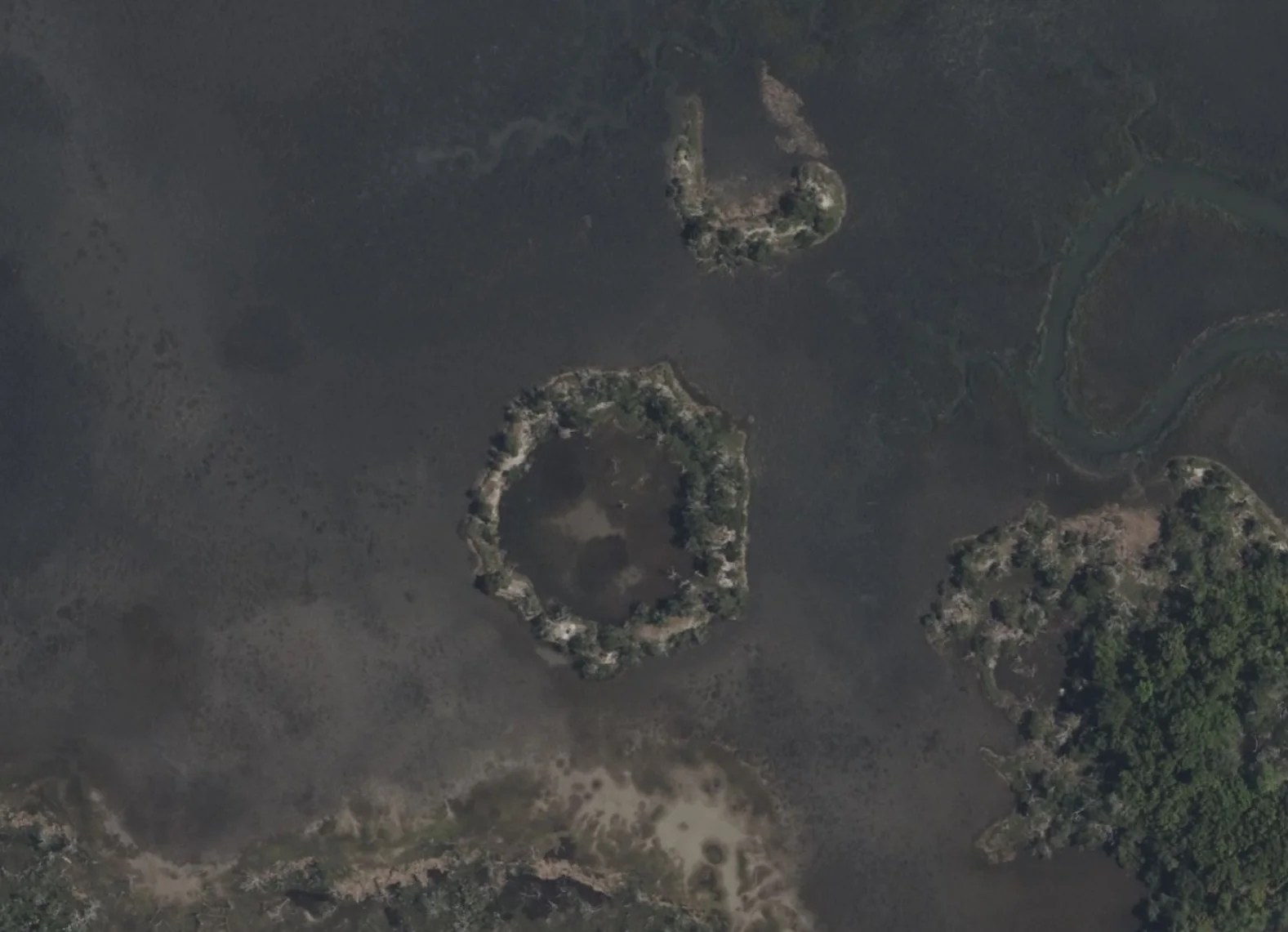Shell-ring archaeological sites are distinctive landmarks along the lower South Atlantic Coast of the United States.
These formations are circular or arc-shaped piles of mollusk shells (mainly Crassostrea virginica) and can also contain early ceramics, animal remains, and various artefacts.
Shell deposits likely built up around and beside houses, and as they shifted over time, a ring-shaped midden formed due to a combination of domestic activities and ceremonial feasting.
According to a paper published in the journal scientific reports, these settlements represent the earliest known year-round Native American communities in the Eastern Woodlands and were established in fluctuating coastal environments.
Using sea-level modelling and an isotope analysis, archaeologists suggest that these settlements date to around 5000–3800 years BP. Their growth and decline appear to be linked to corresponding sea-level fluctuations, which affected the productivity of oyster reefs along the South Atlantic Coast.
“The collection of mollusks from different areas of the landscape was likely related to embedded traditions involving proprietorship of reefs, perhaps linked to kin-groups, sodalities, or other networks of users that may have owned, controlled, or monitored access to specific harvesting areas,” said the study authors.
Furthermore, diverse harvesting could also help promote reef productivity and sustainability in the face of harvest pressures, especially within a shifting environment,” said the study authors.
The study also suggests that early coastal villagers primarily harvested oysters during colder months, though they were collected year-round, while clams were gathered more consistently throughout the year.
“Our study not only underscores the kinds of data needed to understand such complex human relationships but also provides insight into how this process of settling down occurred in North America and its attendant challenges in crafting a sustainable way of life for the Indigenous people of the region.”
Fig Island – Header Image Credit : Bing Maps
Sources : scientific reports – https://doi.org/10.1038/s41598-024-72567-w





